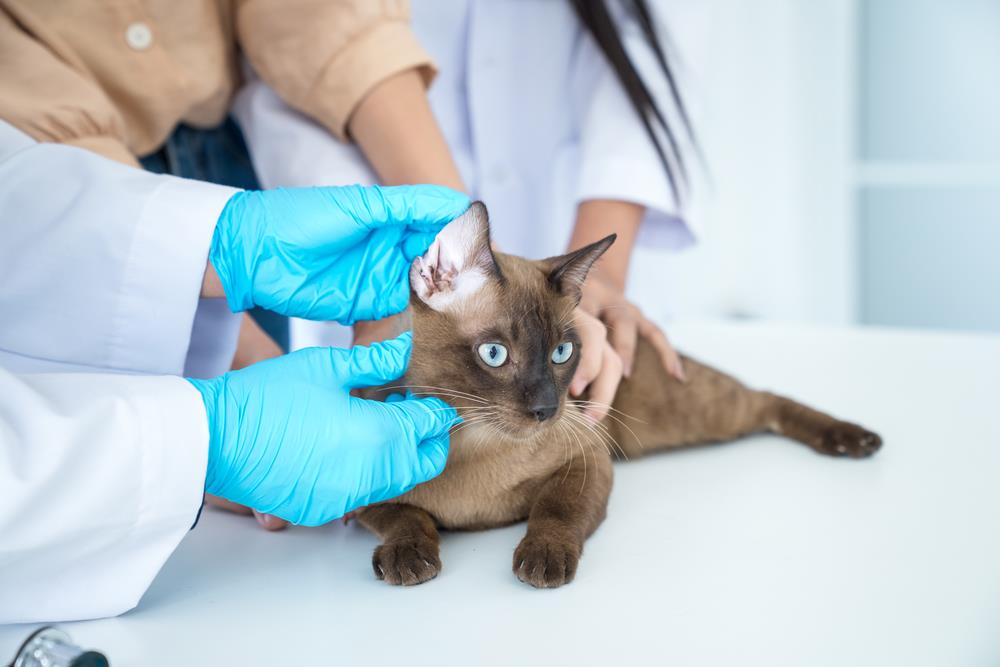Understanding Neutering and Spaying
Neutering and spaying are surgical procedures performed on pets to prevent them from reproducing. Neutering is the removal of a male pet’s testicles, whereas spaying involves removing a female pet’s ovaries and uterus.
Both procedures are performed under general anaesthesia. The pet’s vital signs are closely monitored to ensure safety throughout the operation. Post-surgery, pets are typically able to return home the same day, with pain management and recovery instructions provided by the vet.
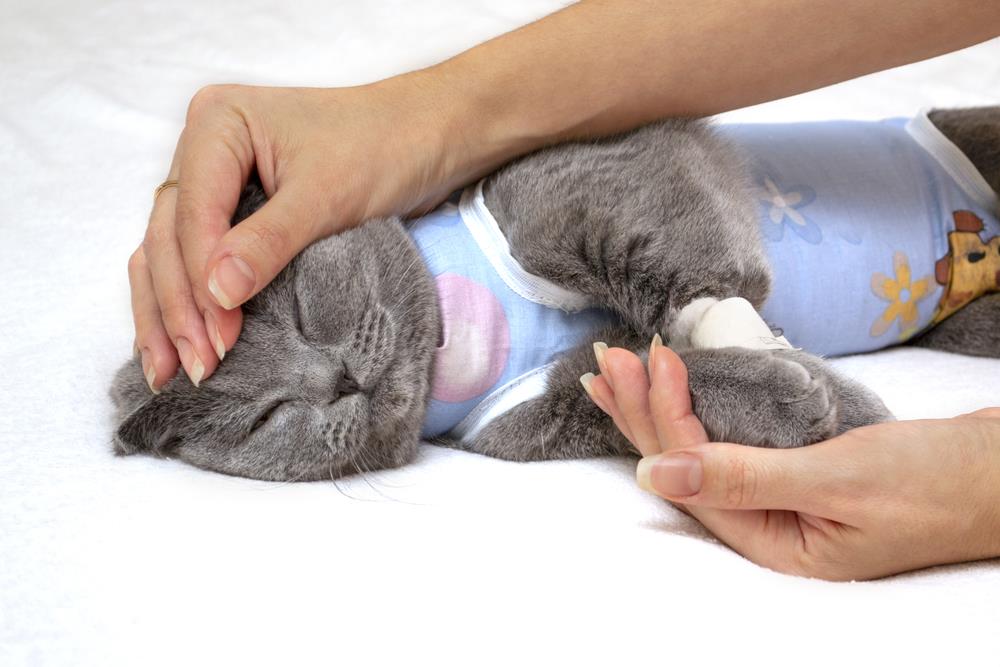
Common Pets for Neutering or Spaying
Cats and dogs are the most common pets to be neutered or spayed. However, other pets like rabbits, guinea pigs and ferrets are also frequently subjected to these procedures. The Vetwest Animal Hospitals have extensive information on the benefits and considerations for neutering or spaying different types of pets.
Why You Should Consider Neutering or Spaying Your Pet
Neutering or spaying your pet presents numerous benefits that not only contribute to your pet’s health and behaviour but also to society as a whole.
Health Benefits of Neutering or Spaying
By neutering or spaying your pet, you can significantly reduce their risk of contracting certain types of cancers, such as mammary gland and testicular cancers. Additionally, spaying your female pet can prevent uterine infections, while neutering your male pet can avert prostate problems.
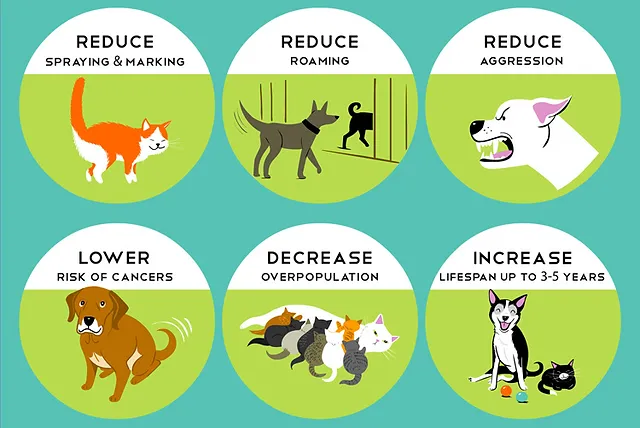
Behavioural Benefits
Spaying or neutering your pet can lead to a reduction in aggression levels, thereby making your pet more approachable and playful. Moreover, these procedures can prevent undesired behaviours such as marking and spraying, which are common in unneutered pets.
Population Control Benefits
From a societal perspective, neutering or spaying your pet can play a crucial role in controlling pet overpopulation. This can significantly reduce euthanasia rates in shelters, providing more animals with the opportunity to find a loving home. According to the RSPCA, over 200,000 shelter animals are euthanised each year in Australia due to overpopulation.
Drawbacks of Neutering or Spaying Your Pet
While neutering or spaying your pet can have many benefits, there are also some potential drawbacks to consider.
Health Risks Associated with Surgery
Like any surgical procedure, neutering or spaying involves certain risks. These include the risks associated with anesthesia and potential post-surgery complications such as infection or bleeding.
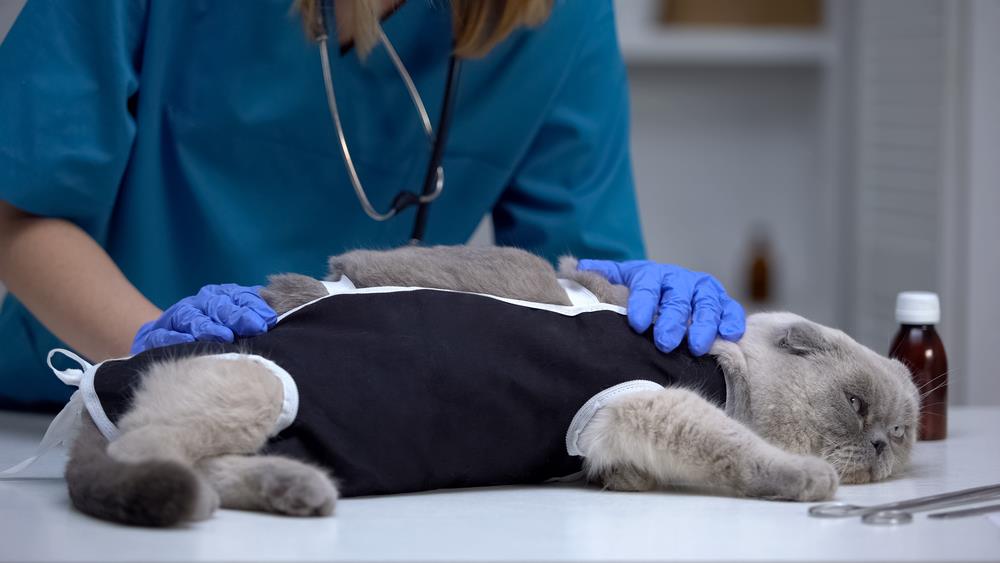
Potential for Obesity and Other Health Issues
Neutering or spaying can also result in changes to your pet’s metabolism, potentially leading to obesity. There’s also an increased risk of hypothyroidism, particularly in neutered male dogs.
Possible Impact on Growth and Development
This is particularly relevant for large breed dogs. Neutering or spaying can affect bone growth and delay the closure of growth plates, potentially leading to developmental issues. Research suggests that this can increase the risk of orthopaedic problems such as hip dysplasia.
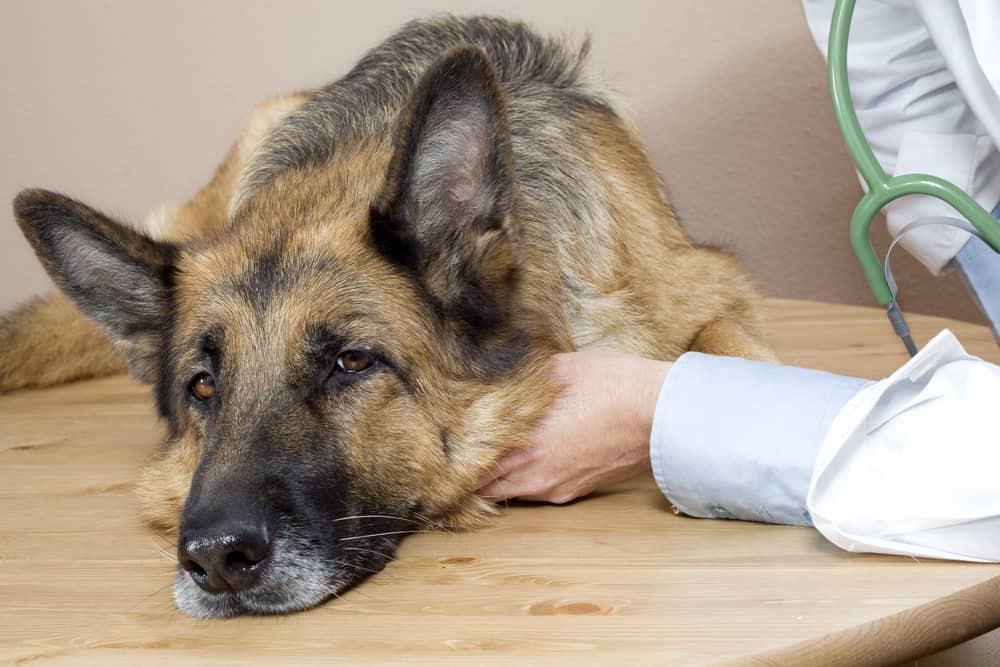
Myths and Misconceptions about Neutering and Spaying
When it comes to neutering and spaying, there are several widely-held misconceptions that can confuse pet owners. Here, we debunk three common myths.
- Myth: It will change my pet’s personality
Contrary to popular belief, neutering or spaying your pet will not alter their fundamental personality traits. Any changes are typically positive, reducing aggressive and territorial behaviour.
- Myth: My pet will become lazy and overweight
While some pets may gain weight after being neutered or spayed, this is often due to overfeeding and lack of exercise rather than the procedure itself.
- Myth: It’s better to let my pet have one litter first
Research has shown that this is a misconception. In fact, spaying female pets before their first heat can provide health benefits, such as a reduced risk of certain cancers.
Myths and Misconceptions about Neutering and Spaying
Deciding the Best Time to Neuter or Spay Your Pet
The optimal time to neuter or spay your pet varies significantly based on several factors. These include your pet’s age, breed, and health status. For instance, young animals often recover faster from these procedures, but there’s a debate about how young is too young to neuter or spay a pet. Certain breeds may also require special considerations due to inherent health risks.
Ultimately, the decision should be made in consultation with a trusted veterinarian. They can provide personalised advice based on your pet’s unique characteristics and medical history. Additionally, they can help you weigh the pros and cons of neutering or spaying your pet, helping you make an informed decision.
The Cost of Neutering or Spaying Your Pet
Neutering or spaying your pet is a crucial part of responsible pet ownership. However, the cost can vary significantly based on several factors. On average, the price of this procedure can range from AUD 50 to AUD 300. This cost includes the surgery, anaesthesia, and post-operative care.

Factors Affecting the Cost
The cost of neutering or spaying can be influenced by the pet’s size, age, and health status. The cost can also vary depending on your geographical location and the specific vet clinic you choose. It’s crucial to understand these factors and plan accordingly.
Affordable Neutering and Spaying Resources
Resources for affordable neutering and spaying are available. Organisations like the Animal Welfare League NSW offer discounted rates for low-income pet owners. Additionally, check with local animal shelters and rescue groups for low-cost or free neutering and spaying programs.
Post-Operation Care for Your Pet
Following your pet’s surgery, there are steps you must take to ensure a smooth recovery. It is crucial to understand what to expect after the operation. Typically, your pet may display signs of grogginess due to anaesthesia, which should wear off within 24 hours. However, the full recovery time can span from a few days to several weeks, depending on the complexity of the surgery.
One cannot stress enough the importance of rest and recovery. Your pet needs ample time to heal, and activities should be limited during this period. This prevents injury or strain to the surgical site.Monitoring your pet for signs of complications is vital. These may include loss of appetite, persistent vomiting, swelling or discharge from the surgical site. If any of these occur, seek immediate veterinary assistance.
Your pet’s welfare should be your top priority. Understanding the post-operative care process can significantly improve your pet’s recovery experience and overall wellbeing.
Making the Decision: Is Neutering or Spaying Right for Your Pet?
When it comes to your pet’s health and wellbeing, neutering or spaying can be a significant decision to make. It’s crucial to evaluate the pros and cons of these procedures. Positive aspects include health advantages like a decreased risk of certain cancers and behavioural improvements. On the downside, there can be surgical risks and potential hormonal changes.
Every pet is unique, and their individual circumstances must be considered. Age, breed, health status, and lifestyle can all influence whether neutering or spaying is the right choice.
Professional advice is invaluable in this decision-making process. A consultation with a vet can provide tailored advice for your pet’s unique situation.
Final Thoughts on Responsible Pet Ownership
Ultimately, the decision to neuter or spay your pet is a significant aspect of responsible pet ownership. It’s about promoting their health and longevity while also considering the broader impacts on animal welfare.

